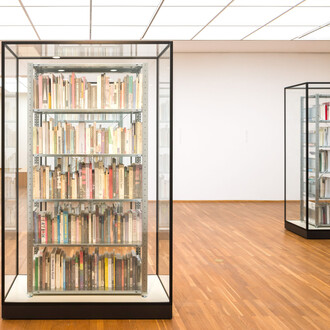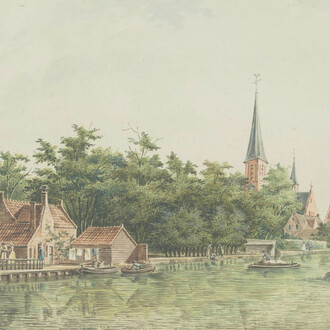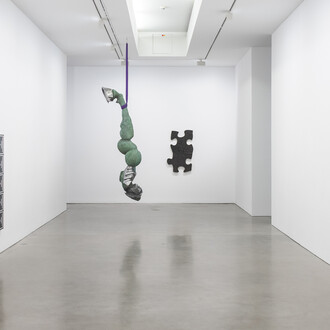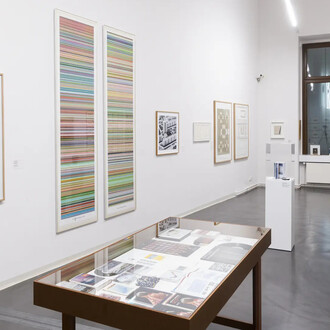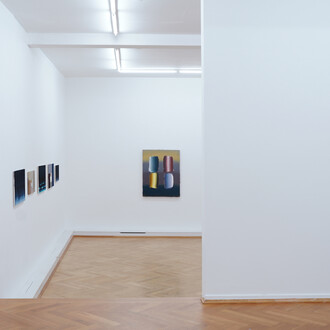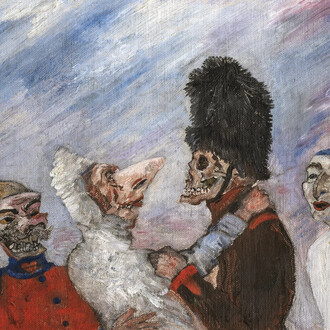The exhibition War Games at Kunstmuseum Basel | Gegenwart features early and recent works by Martha Rosler and Hito Steyerl. Earlier as well as recent works appear in a dialogical arrangement conceived in collaboration with both artists. As well as being their first joint show, this is the first major exhibition in Switzerland for both artists. In addition to numerous works on video, photographs, photomontages, banners, and objects, the presentation on two floors of the museum includes expansive multimedia installations that confront the visitor with spectacular dramatizations of high-tech imagery.
Both artists’ oeuvres address themselves to the intersections between politics and mass media. In their art and theoretical writings, Rosler and Steyerl reflect on how audiovisual media act as coodinates that control and shape our perception of social reality.
Steyerl’s early works on film reflect her critical study of documentary and essayistic filmmaking. In her more recent video installations, she increasingly blends computer-animated visual environments with the aesthetic of the homemade clips disseminated through numerous online platforms. The resulting works scrutinize the ambivalent function of the digital mobile devices with which we communicate and take pictures: their operation inevitably confounds distinctions such as those between empowerment and control or between simulated and real wars.
A recurrent motif in War Games is the artists’ preoccupation with various forms of social, political, economic, and military domination. Many works explore areas of conflict such as (post-) colonialism, anti-Semitism, migration, xenophobia, war, urban development, consumerism, and gender, addressing both hard and soft mechanisms that sustain power relations and social hegemonies. The role that cultural institutions—including the museum—play in dominant political-economic constellations is very much part of this nexus. Several of the pieces on display address the recent resurgence of a pernicious phenomenon suggested by the exhibition’s title: the militarization of everyday life.









